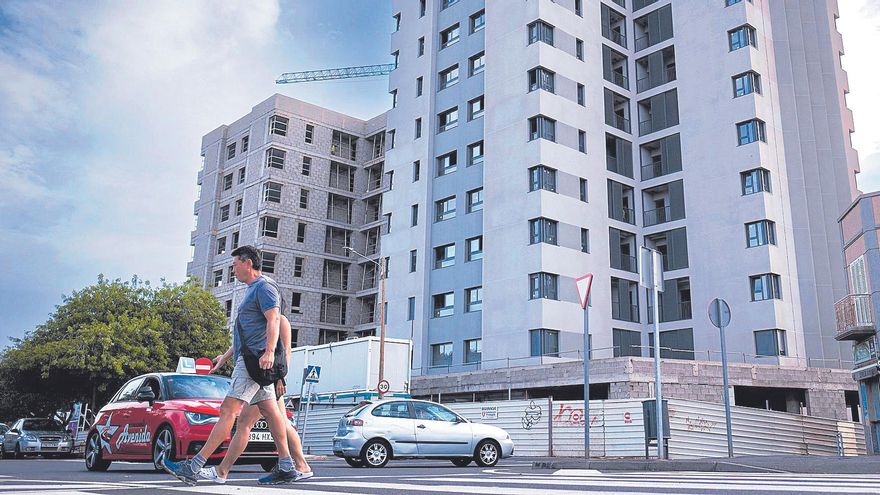A Nationwide Trend Hits the Islands Hard
The tension between supply and demand in Spain’s housing market is palpable across the country, and the Canary Islands are certainly no exception. New data reveals a dramatic contraction in available properties, placing the archipelago, and particularly its capital cities, at the epicenter of a nationwide shortage.
Santa Cruz de Tenerife: A National Leader in Shortages
The situation is most acute in Santa Cruz de Tenerife. The supply of homes for sale has plummeted by a staggering 74% since its peak in the second quarter of 2019. This dramatic decline positions it among the provincial capitals with the most severe reduction in real estate inventory in all of Spain.
Las Palmas de Gran Canaria Follows the Trend
Although slightly less intense, the trend is equally clear in Las Palmas de Gran Canaria. The available housing supply there has fallen by 59% over the same period. This sharp drop solidifies the Canary Islands’ status as one of the regions most affected by a lack of available properties.
How the Canaries Compare Nationally
According to a study published by Idealista, the reduction in housing supply has been widespread across all Spanish provinces and capitals since 2019, though its impact has been uneven. Santa Cruz de Tenerife finds itself in a group of the hardest-hit areas alongside Ávila (-74%), Vitoria (-73%), Pontevedra (-73%), and Guadalajara (-72%). It is only surpassed by Valencia, Segovia, and A Coruña, which recorded even more severe reductions of 77% and 78%.
In fact, the problem is so extensive that in 45 of Spain’s 52 provincial capitals, the housing supply has been cut in half or more. Major markets like Sevilla (-67%), Alicante, and San Sebastián (both -66%) are also in critical condition. Madrid has seen a 53% drop, Palma a 51% drop, while Barcelona (-47%) and Málaga (-45%) sit just below the average decline.
The Provincial Picture: A Slightly Different Story
At the broader provincial level, the overall decrease has been slightly less intense, though still significant. Only 23 provinces have registered a drop exceeding 50%. The provinces of Vizcaya and Álava lead this list with a 70% fall in supply, followed by Segovia (-67%), Guadalajara, and Cantabria (both -66%).
The Community of Madrid has seen a 60% decline, while the drop in the province of Barcelona has been much more moderate at 34%. The provinces with the smallest decreases include Alicante (-17%) and Jaén (-19%), followed by Cáceres (-20%), Málaga (-27%), and Murcia (-31%).
When Did the Housing Supply Peak?
The peak of available housing supply occurred at different times across the country’s cities, ranging from late 2015 to 2022. Madrid and Palma, for example, reached their peak inventory in the fourth quarter of 2015. Bilbao and San Sebastián hit their highs in the second quarter of 2016, while Valencia, Sevilla, Alicante, and Málaga saw their maximum supply in the fourth quarter of 2016. For Barcelona, the peak was more recent, occurring in the fourth quarter of 2019, just before the market began its sharp contraction.

